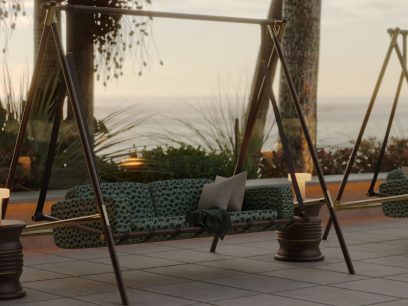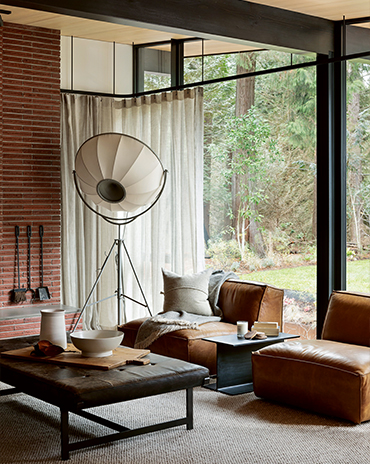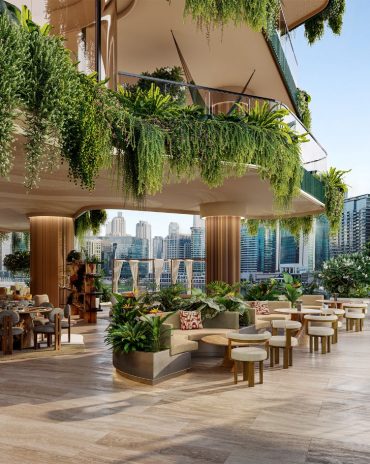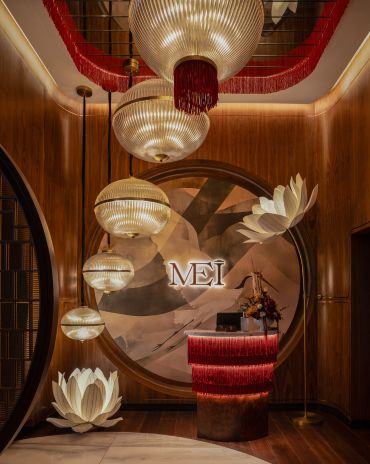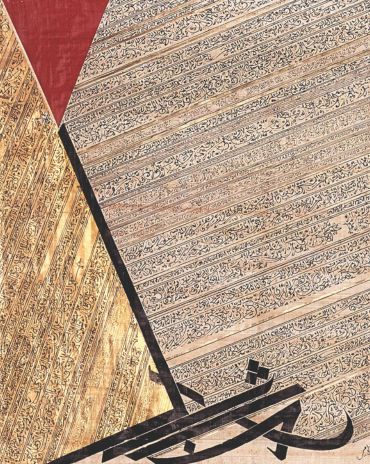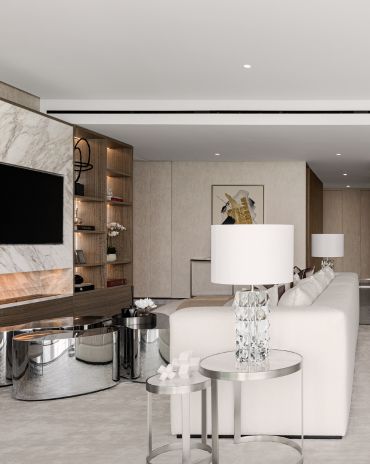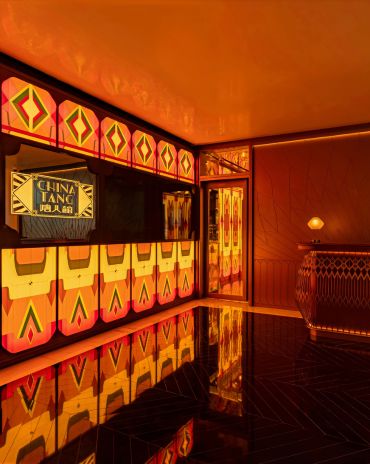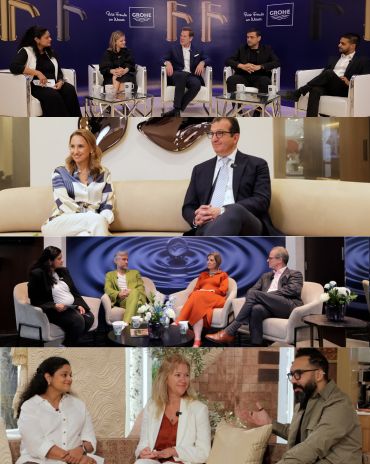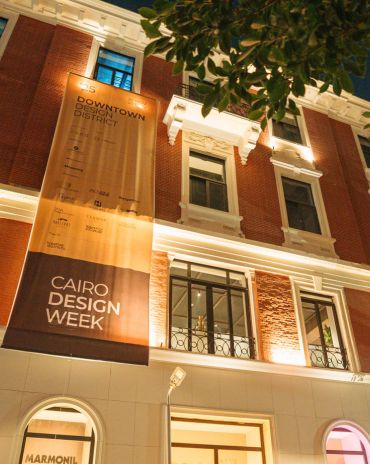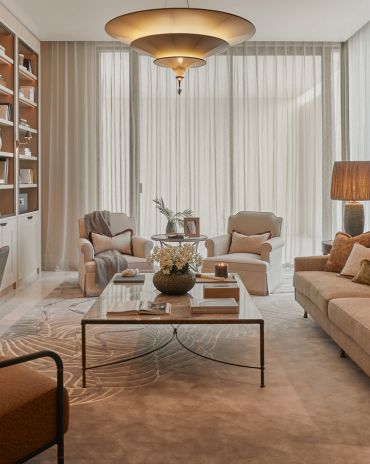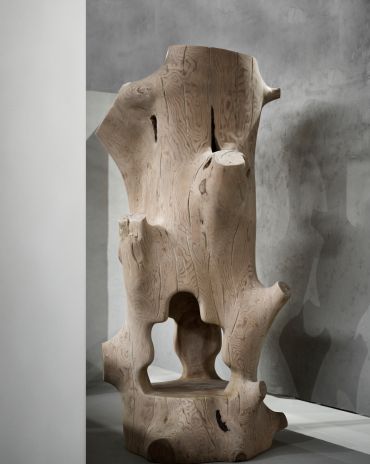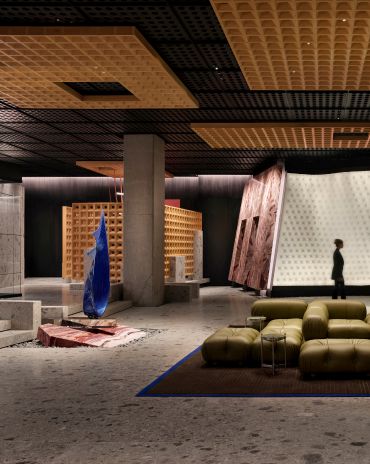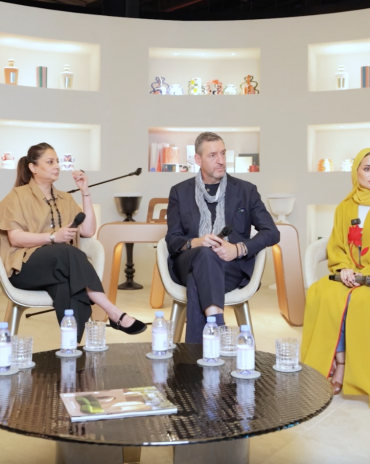Copyright © 2025 Motivate Media Group. All rights reserved.
Sëbou’s latest collection of handmade rugs is woven using Eton’s upcycled fabrics and inspired by flower fields in northern Morocco
Sustainability and craftsmanship is at the forefront of Sëbou's rugs
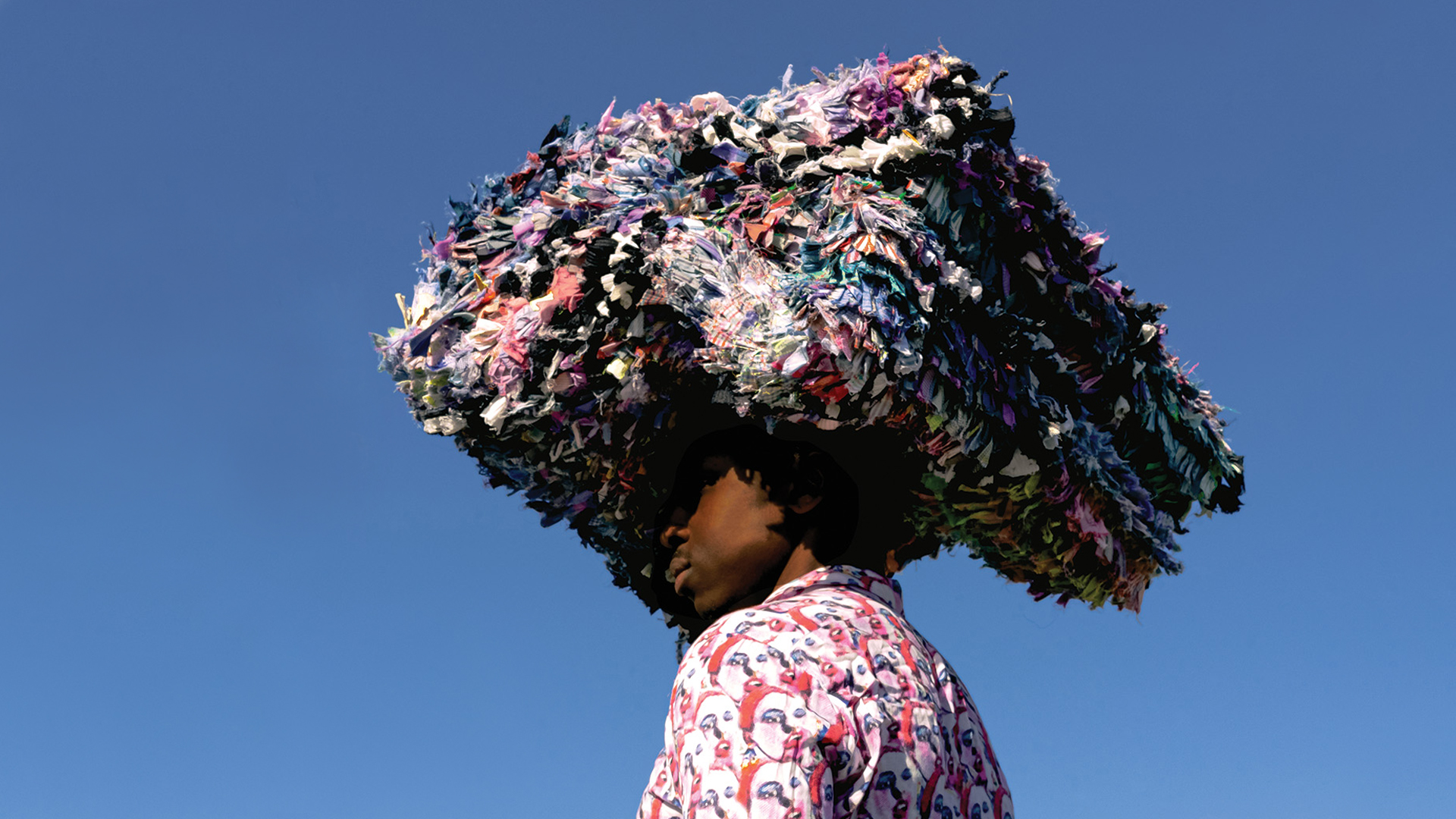
Since starting Sëbou in 2019, Omar Marhri has been adamant in ensuring that his rugs are created with sustainability in mind, using ecological wool made with zero waste, as well as cashmere. His second goal was to highlight the historic artisanship of Morocco’s Berber population, who have been expert craftspeople in the use of wool, iron, silver and clay for pottery. “I wanted to reimagine, reinvent and regenerate the artisanal craftsmanship of Moroccan rug-making,” shares Marhri, who is also the brand’s creative director.

With these values in mind, the Swedish brand’s latest limited-edition collection is woven in Morocco using upcycled by-products from fashion brand Eton’s shirt design process, using excess ‘blanket rolls’, each consisting of more than 100 colours and combinations. While these are usually later placed in storage – in Eton’s fabric archives – the collaboration with Sëbou has given them a new purpose. The idea came to Marhri through a conversation with a friend about fashion design’s ongoing waste problem, specifically leftover fabrics. They were on a plane going back from Morocco to Sweden, where Marhri lives.
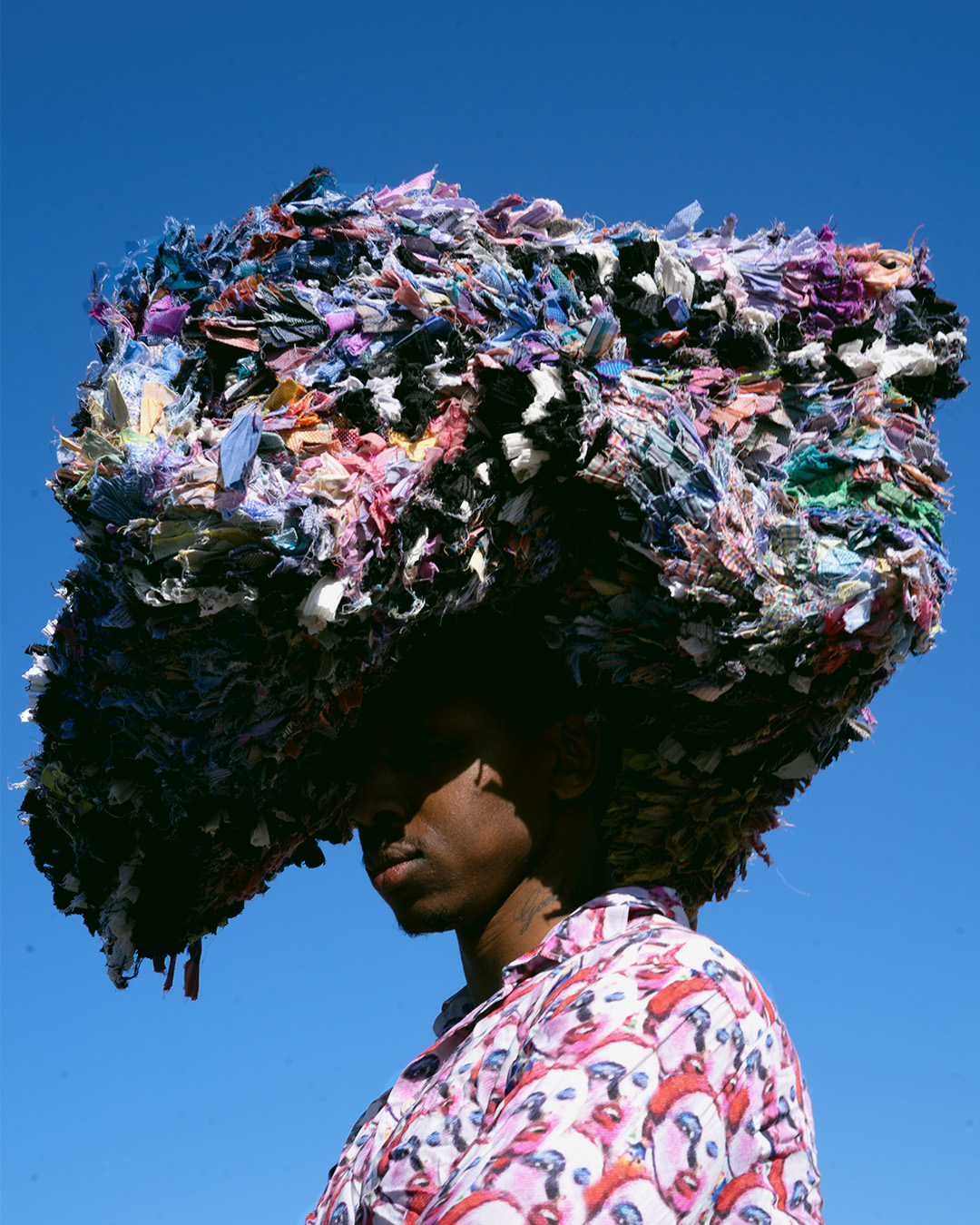
“Being aware comes with responsibility, and we owe it to ourselves and the future to strive towards a more environmentally friendly lifestyle”, he adds. “[For] a design company, trends have an inherent challenge: they have their peaks, and eventually get replaced by the next trend. Our focus has always been to do the opposite: to make one-of-a-kind, timeless pieces made from materials that are recycled and upcycled and can live for a long time.” Leftover fabric is a common result of textile production, prompting Sëbou to purchase it in bulk from Morocco, Ghana and Sweden.

“After I came home to Stockholm from my trip, I contacted my good friend Sebastian Dollinger, who was at the time the creative director at Eton, which is one of Sweden’s oldest shirt brands, with an incredible history. I asked if they had any leftover fabrics that I could reuse to make beautiful rugs. He thought it was an incredible idea to give life to something that is just lying there, and he told me that they have a lot of leftover fabrics in their factories in Italy and Switzerland that we can use,” Marhri recounts.
Sëbou is an amalgamation of its founder’s home and heritage: weaving the subtlety of Scandinavian design with the vibrancy of Moroccan culture, rich in its craft heritage.
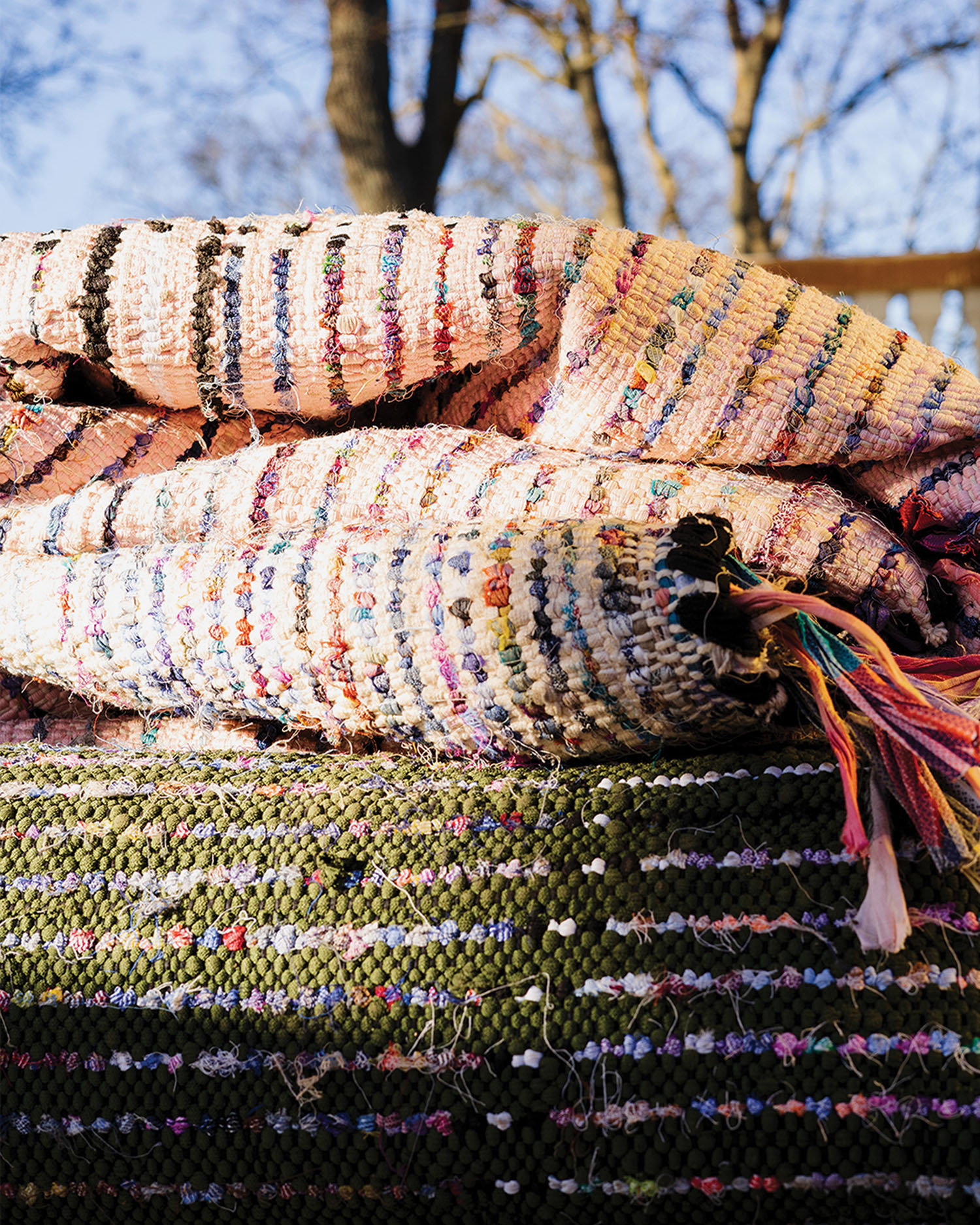
“For thousands of years, the Moroccan Amazigh have been knitting rugs in the same way, with the same historical designs and materials,” Marhri says. “My approach to designs is to try to challenge what has been, mixing old with new, Swedish minimalism and Moroccan craftsmanship, to make unique sustainable rugs.”
The limited-edition collection is also an ode to his childhood memories in Morocco, and inspired by the flower fields by the Sebou River – located in the north of the country. It was the first time he had seen the river in springtime as an adult, having spent summers there only as a child. “When I went down in the spring for the first time, I saw that the fields had bloomed. It brought me such peace and joy to observe, and I really wanted to share this through my art,” he says.
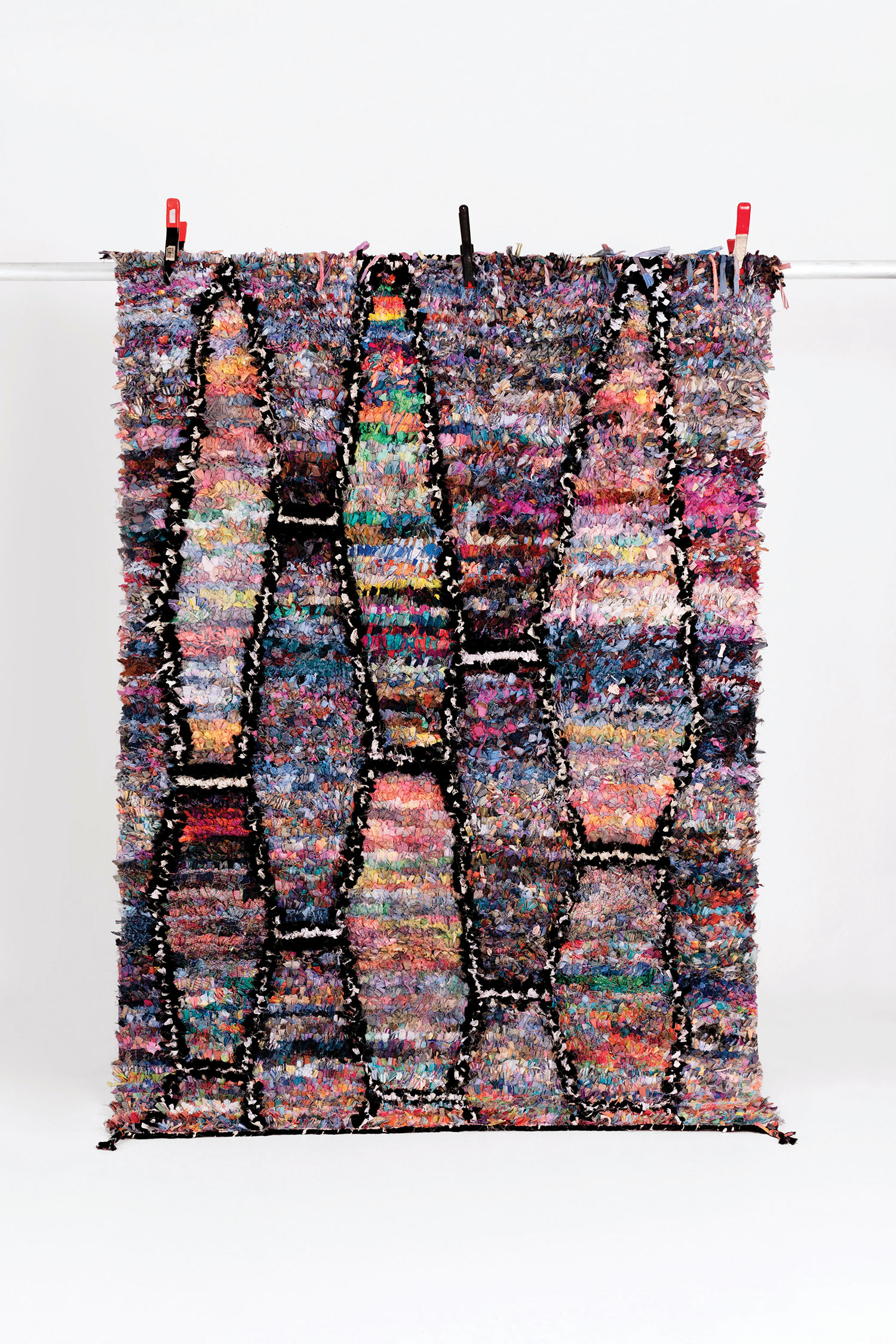
The collection’s vibrant colours have been knotted by hand – a discipline that takes a great deal of expertise and skill that has been passed on for generations.
“Craftsmanship is an art in danger of extinction. As everything becomes more efficiently produced and cheaper, people no longer value craftsmanship and quality as they once did,” Marhri says. “I am truly dedicated to keeping these traditions alive using new, innovative ways, so that craft can also appeal to the new generation.”
The Latest
Making Space
This book reclaims the narrative of women in interior design
How Eywa’s design execution is both challenging and exceptional
Mihir Sanganee, Chief Strategy Officer and Co-Founder at Designsmith shares the journey behind shaping the interior fitout of this regenerative design project
Design Take: MEI by 4SPACE
Where heritage meets modern design.
The Choreographer of Letters
Taking place at the Bassam Freiha Art Foundation until 25 January 2026, this landmark exhibition features Nja Mahdaoui, one of the most influential figures in Arab modern art
A Home Away from Home
This home, designed by Blush International at the Atlantis The Royal Residences, perfectly balances practicality and beauty
Design Take: China Tang Dubai
Heritage aesthetics redefined through scale, texture, and vision.
Dubai Design Week: A Retrospective
The identity team were actively involved in Dubai Design Week and Downtown Design, capturing collaborations and taking part in key dialogues with the industry. Here’s an overview.
Highlights of Cairo Design Week 2025
Art, architecture, and culture shaped up this year's Cairo Design Week.
A Modern Haven
Sophie Paterson Interiors brings a refined, contemporary sensibility to a family home in Oman, blending soft luxury with subtle nods to local heritage
Past Reveals Future
Maison&Objet Paris returns from 15 to 19 January 2026 under the banner of excellence and savoir-faire
Sensory Design
Designed by Wangan Studio, this avant-garde space, dedicated to care, feels like a contemporary art gallery
Winner’s Panel with IF Hub
identity gathered for a conversation on 'The Art of Design - Curation and Storytelling'.

